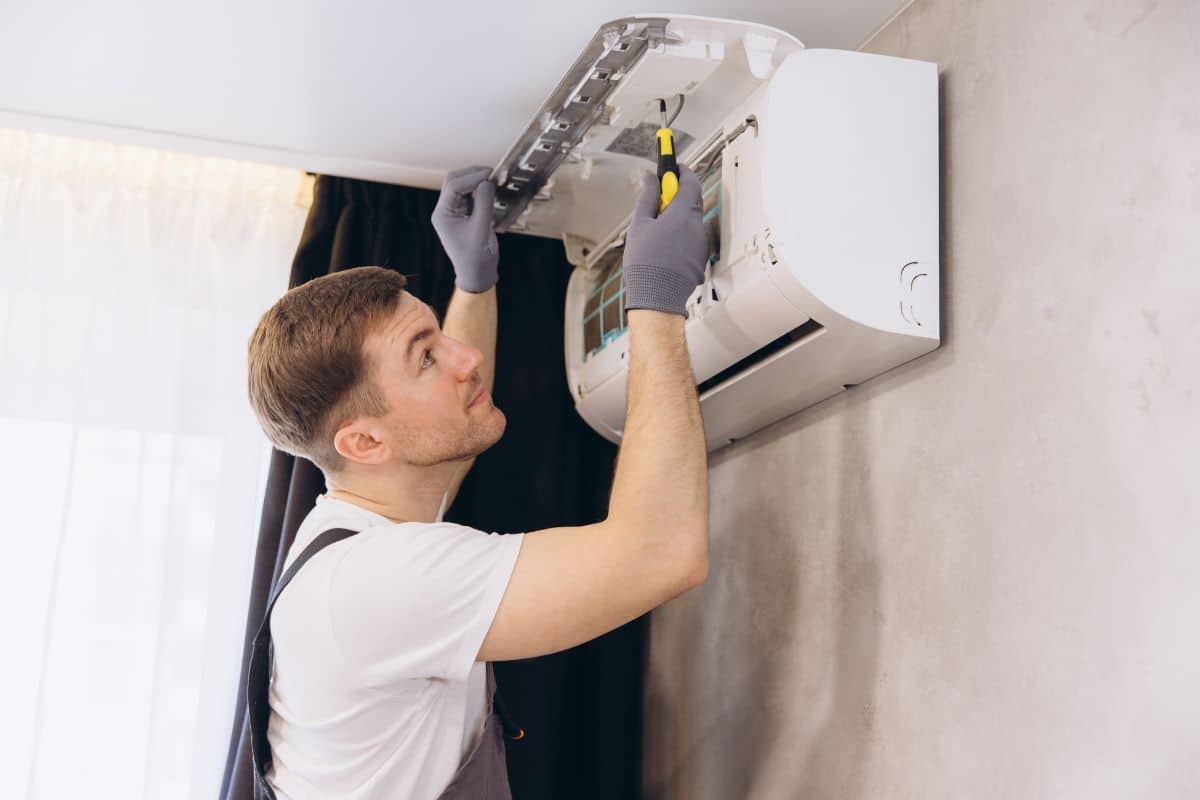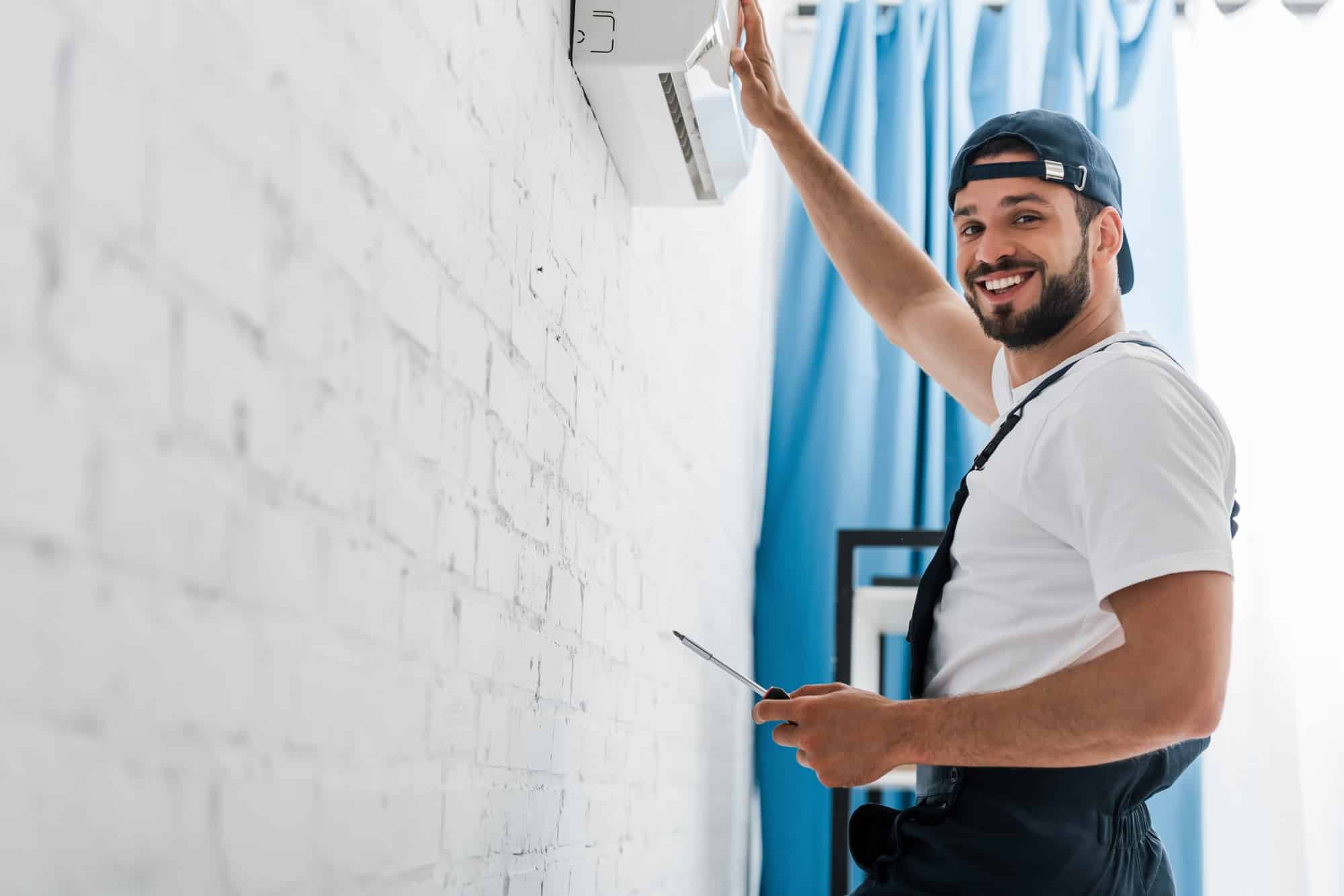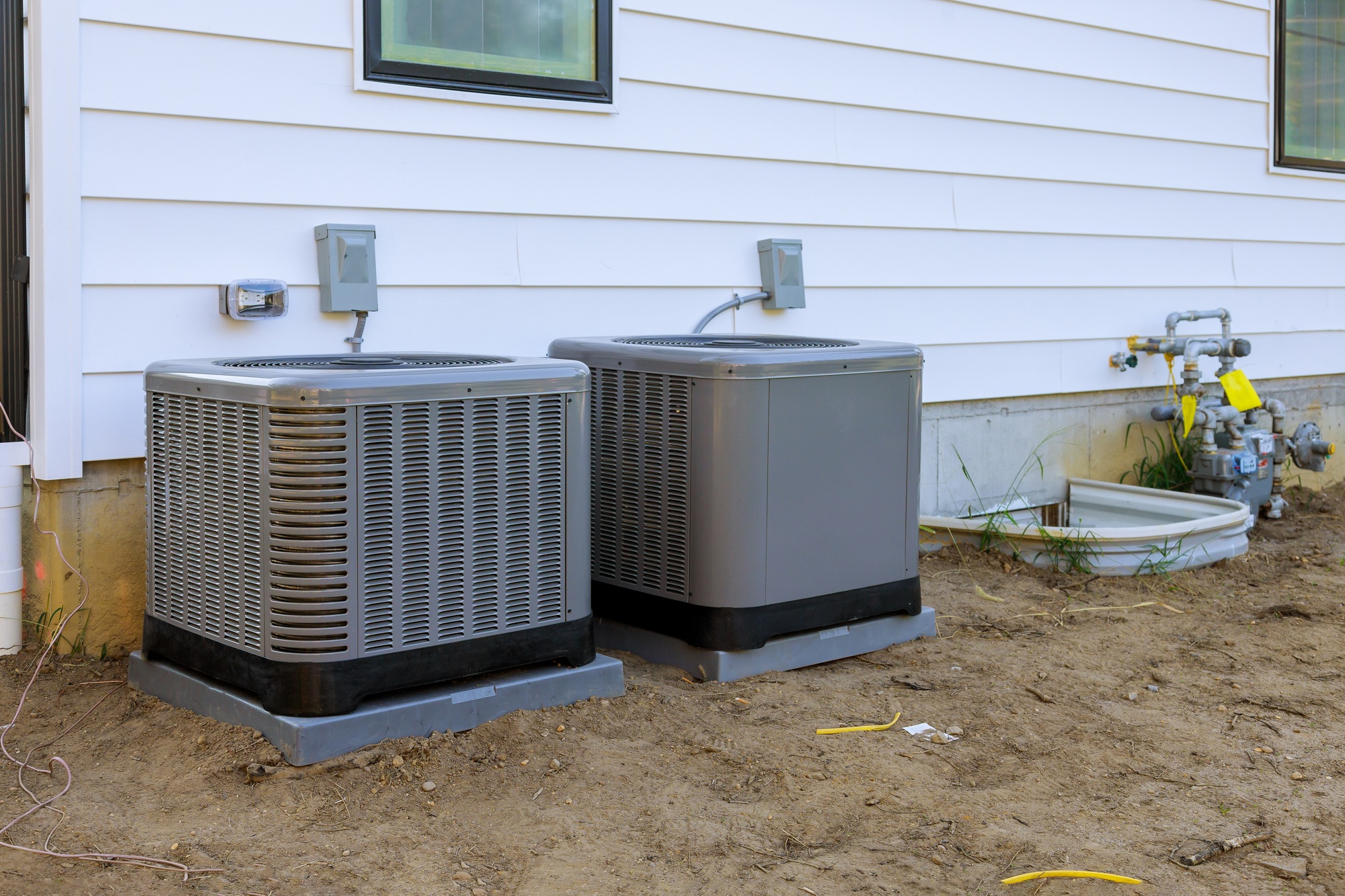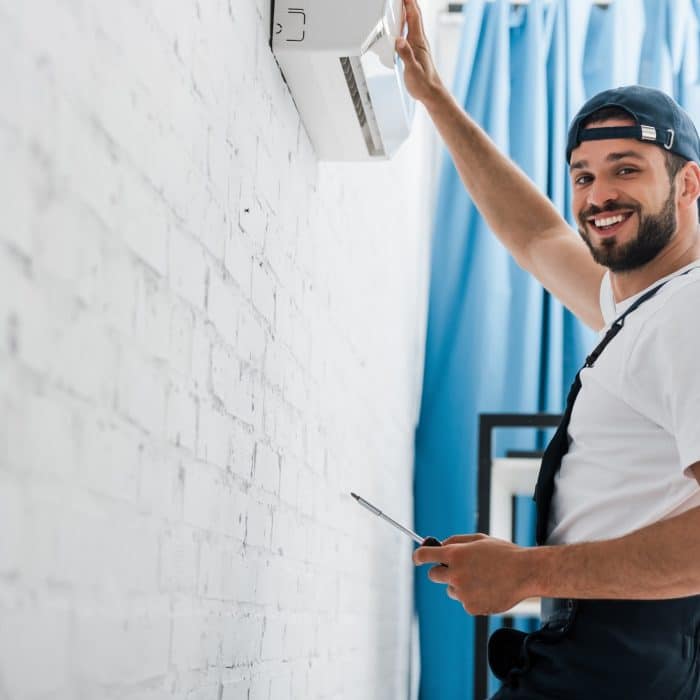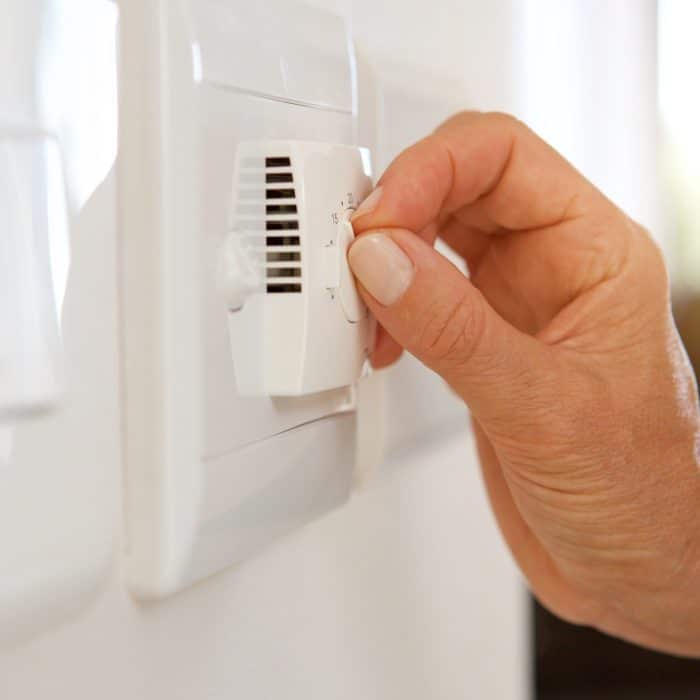
As winter blankets your home with cold snow and sleet, you might find yourself cranking up the furnace to maintain a comfortable temperature indoors. However, before you allow your heating bills to escalate, take a moment to assess the primary areas where your home loses heat and consider ways to enhance its insulation. The more effectively you insulate your residence, the less warm air will escape, reducing the workload on your furnace. This not only translates to cost savings but also extends the lifespan of your heating system. Moreover, improved insulation isn’t limited to winter benefits; it can also help keep your home cooler during the scorching summer months. That being said, here is a list of the likely culprits that are responsible for heat loss in your home.
Cracks in Walls, Windows and Doors
The leading cause of heat loss in many homes is often the unnoticed drafts seeping through cracks in walls, windows, and doors. Surprisingly, these gaps can be more detrimental than they appear. To illustrate, even a seemingly minor 1/8-inch gap beneath a 36-inch-wide door can allow as much cold air to infiltrate your home as a gaping 2.4-inch hole through your wall. So, how can you combat this heat loss?
The U.S. Department of Energy recommends sealing cracks with caulk or foam and installing weather stripping around the movable components of doors and windows. These solutions typically yield a quick return on investment, often within a year or less.
Caulk is suitable for sealing cracks less than 1.4 inches wide, particularly around the non-movable parts of your windows, typically within the frame. For wider gaps, insulation foam can effectively seal them. Keep in mind that weather stripping wears out over time, so periodically inspect for drafts and replace weather stripping to maintain effective insulation.
Basement Walls and Floor
Approximately 1% of your home’s heat loss occurs through the basement floor, while a more substantial 20% is lost through basement walls. To address this heat loss and improve energy efficiency, consider the following measures:
Basement Wall Insulation: Enhance basement wall insulation to minimize heat loss. Options include fiberglass batts, rigid foam boards, spray foam insulation, or finishing the basement if it’s cement. When finishing a basement, you have more options for insulation than when simply adding insulation to an existing wall.
Sealing Gaps: Identify and seal any gaps or cracks in basement walls and floors using caulk or foam insulation. Pay particular attention to areas around utility penetrations and the joint between the foundation and the sill plate.
Basement Floor Insulation: If your basement is unfinished, consider insulating the basement floor with rigid foam insulation or spray foam to prevent heat loss through the ground.
Frame Walls
Framed walls are another significant contributor to heat loss in your home. Over time, different types of insulation can lose their effectiveness and may require replacement or upgrading. You can assess whether your walls need additional insulation by inspecting an electrical outlet on an exterior wall. Turning off the power to the outlet and removing the outlet cover can reveal the extent of existing insulation, if any, and its type. Afterward, you can research your insulation type to determine if it requires replacement or augmentation. If a home energy audit identifies walls as the primary cause of heat loss in your home, consult a professional to determine the most suitable solution. Fortunately, adding insulation to existing walls doesn’t usually require major renovations, as there are options designed for homes with existing walls.
Windows
Windows often contribute significantly to heat loss due to their glass composition, which offers poor insulation properties. Glass is a poor insulator and struggles to retain heat inside your home, making areas near windows notably colder. If a home energy audit reveals that your home is losing heat through its windows, consider the following options:
Storm Windows: Installing storm windows can reduce heat loss by 10-20%. Alternatively, you can install plastic sheets on your existing windows. These plastic coatings reflect heat back into your home during winter and prevent heat gains in the summer by blocking heat transfer through the glass. This is a relatively easy DIY project for homeowners, cost-effective, and can usually be installed using a hairdryer. For those opting for a more comprehensive approach, Energy Star-rated energy-efficient windows are a worthy investment.
Remember to perform routine maintenance on your heating system to ensure a comfortable winter. Trusting professionals who prioritize your comfort and budget is essential. Contact Generation Heating and Air today to get started on your journey toward a more efficient and comfortable home.


